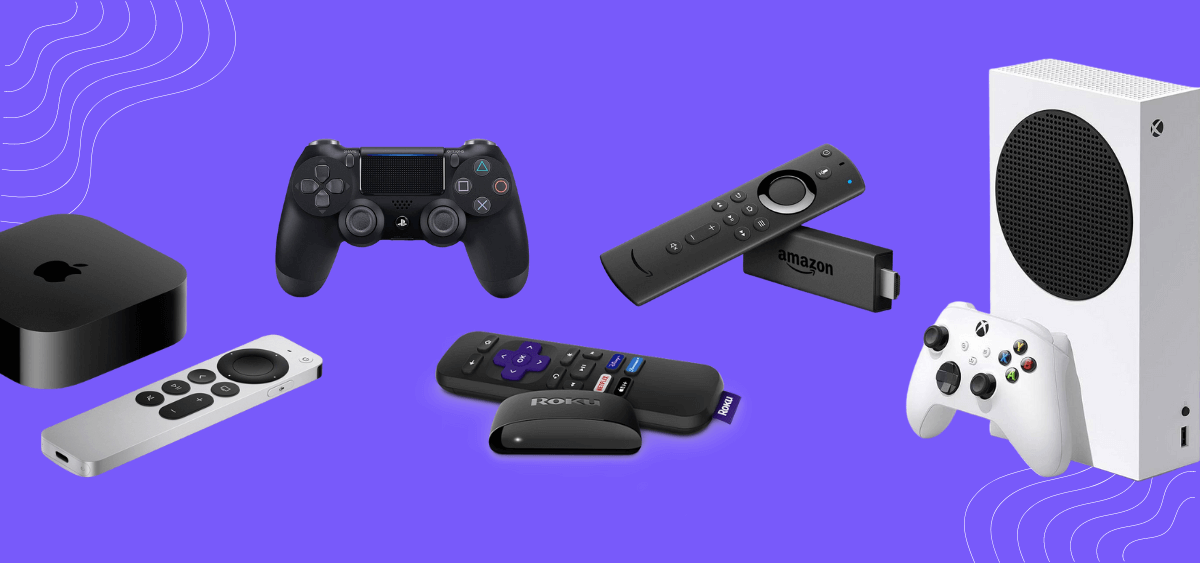In an era dominated by streaming services and on-demand content, the myth that linear TV is a dying medium persists. However, the reality is far more nuanced.
Linear television has a rich history and a unique appeal that continues to attract audiences worldwide. Understanding why we still watch requires a deep dive into the evolution of television viewing behavior and the psychology behind our viewing habits.
A Brief History of Linear TV
Linear TV has a rich history that dates back to the early 20th century. The first experimental broadcasts took place in the 1920s, and by the 1950s and 1960s, TV had become a primary source of news and entertainment for households globally. Viewers would tune in at specific times to watch their favorite shows, creating a shared cultural experience.
The history of linear television is marked by what many consider its golden age, a period characterized by iconic shows that became cultural phenomena. Programs like “I Love Lucy,” “M*A*S*H,” and “Friends” were not just shows. They were events that brought people together. Families gathered around the TV set, creating shared memories and bonding over their favorite characters and storylines.
The Impact of Technology on Changing Behavior
The introduction of the VCR in the 1970s and 1980s marked a significant shift in how consumers interacted with linear TV. For the first time, viewers could record their favorite shows and watch them at their convenience. This newfound control over their viewing experience began to change the way people consumed television, paving the way for the on-demand culture we see today.
The advent of streaming services like Netflix, Hulu, and Amazon Prime Video has further revolutionized the way we watch TV. Suddenly, entire seasons of shows were available at the click of a button, eliminating the need to wait for weekly episodes. This shift in behavior has posed a challenge to traditional broadcasters, forcing them to adapt their programming strategies to compete in an on-demand world.
Mobile technology has also played a significant role in changing how we consume television. With smartphones and tablets, viewers can now watch their favorite shows anywhere, anytime. This has led to an increase in “second-screen” viewing, where viewers engage with content on multiple devices simultaneously.
Consumer Behavior Towards Viewership
As consumer behavior shifted towards on-demand viewing, programmers had to adapt their strategies to remain relevant. One notable change is the way streaming services release new content. While many initially followed the binge-watching model, where entire seasons were released at once, some services have started to experiment with weekly episode releases. This strategy keeps viewers engaged over a longer period and creates anticipation for each new episode.
Additionally, programmers have embraced the idea of “event television,” where certain shows or episodes are promoted as must-watch events. This approach capitalizes on the communal aspect of TV viewing, encouraging audiences to tune in live to be part of the conversation.
In recent years, storytelling in TV programming has reached new heights, with many shows pushing the boundaries of traditional narrative structures. Series like “Big Bang Theory,” and “Breaking Bad” have garnered critical acclaim and a dedicated fan base for their complex characters, intricate plots, and high production values.
Part of the appeal of these shows lies in their ability to tell stories that resonate with viewers on a deeper level. Whether exploring themes of power, morality, or human nature, these shows offer more than just entertainment; they offer insight into the human condition.
The Science Behind Why People Still Watch Linear TV
Despite the abundance of viewing choices available today, linear TV continues to hold a special place in the hearts of many viewers. One reason is the simplicity and convenience of flipping through channels and stumbling upon something interesting. The element of serendipity that comes with linear TV can be exciting and rewarding, leading to unexpected discoveries.
Moreover, while streaming services offer a vast array of content, they can also be overwhelming. The sheer number of choices can lead to decision fatigue, making it easier to default to familiar channels and shows on linear TV.
From a sociological or behavioral perspective, there are several reasons why people continue to watch linear TV:
Social Connection
Television has long been a communal activity, bringing families and friends together to watch their favorite shows. Even in today’s digital age, the act of watching TV together can create a sense of shared experience and social connection.
Comfort and Routine
For many people, watching TV is a comforting and familiar ritual. It provides a sense of routine and stability in an increasingly fast-paced and unpredictable world.
Escapism
TV offers a form of escapism, allowing viewers to immerse themselves in fictional worlds and characters. This can provide a much-needed break from the stresses and pressures of everyday life.
Entertainment and Relaxation
Television is a form of entertainment that requires little effort, making it an accessible way to unwind and relax after a long day.
Information and Education
TV is also a source of information and education, providing news, documentaries, and other informative programming that can expand viewers’ knowledge and understanding of the world.
Nostalgia
Many people have grown up watching TV and have fond memories associated with certain shows or eras of television. Nostalgia can be a powerful motivator for tuning into linear TV.
Habit and Familiarity
Watching TV is a learned behavior that becomes ingrained over time. People often default to watching TV out of habit or because it’s a familiar and easy form of entertainment.
Cultural Influence
Television plays a significant role in shaping cultural norms, values, and attitudes. People may watch TV to stay connected to popular culture and to be part of broader cultural conversations.
Overall, the reasons why people watch linear TV are complex and multifaceted, influenced by a combination of social, psychological, and cultural factors. Despite the rise of alternative forms of entertainment, linear TV continues to be a popular and enduring medium that provides both entertainment and a sense of connection to the world around us
Understanding and Engaging Audiences
In conclusion, while the media landscape continues to evolve, linear TV remains a powerful and enduring medium. By understanding the behavioral economics of TV viewing and adapting programming strategies accordingly, programmers can continue to engage audiences and keep them coming back for more.




